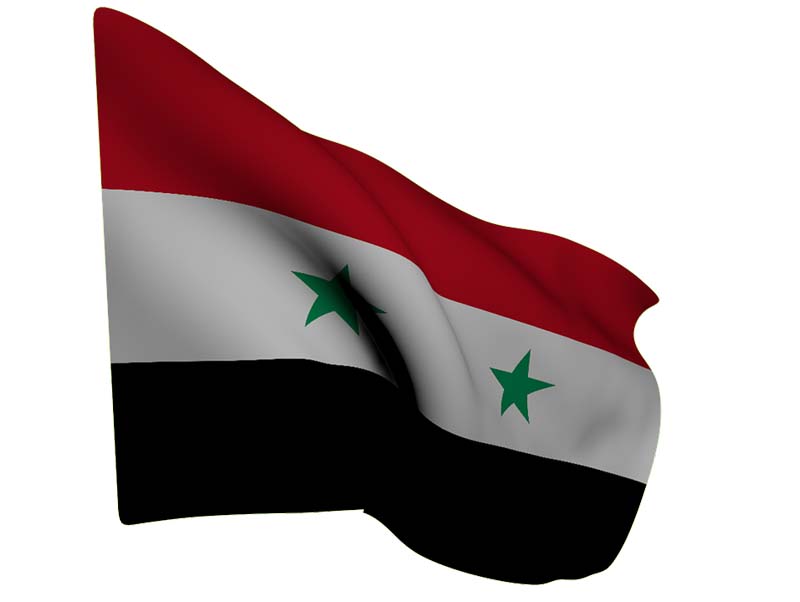Beirut: Syrian government forces have expelled the last Islamic State group jihadists from the eastern city of Deir Ezzor in a two-month-long campaign backed by Russian air power, a monitor said Thursday.
Syrian regime and allied fighters broke a years-long IS siege of a regime enclave in the city in early September.
The city’s fall marks another key defeat for the jihadists, who have in recent months lost most of the territory they seized in a lightning 2014 advance across Syria and Iraq.
– Under siege and divided –
Deir Ezzor city is the capital of an oil-rich province of the same name that borders Iraq.
After Syria’s uprising broke out in 2011 with anti-government protests, rebel groups and jihadists seized parts of Deir Ezzor and the surrounding province.
But in 2014, as the IS rampaged across Syria and Iraq, it seized the territory held by rival jihadist and rebel forces in the province and closed in on Deir Ezzor city.
By January 2015, it had seized parts of the city and imposed a siege on government forces and civilians in the rest of it.
Regime forces managed to cling on to their enclave despite regular IS attacks.
Along with ally Russia, the regime has regularly carried out air strikes on IS-held rural areas, but the jihadists were still able to seize more territory in January.
Their advance split the government-held zones into two: a northern enclave and a southern area near the city’s military airport.
At one point, the jihadist group held around half of Deir Ezzor city, including several central neighbourhoods, according to the Britain-based Syrian Observatory for Human Rights monitor.
But the army and allied fighters broke the siege on the northern part of the city on September 5, entering via the Brigade 137 base on its western edge.
– Humanitarian concerns –
Estimates of the number of people living in Deir Ezzor city vary, but agree the population has shrunk dramatically from its pre-war figure of 300,000.
The United Nations said earlier this year, before the siege was broken, that more than 90,000 people remained in areas under government control.
The siege created food shortages, sent prices soaring and limited access to medicine and health care.
Syria’s government brought in supplies via military aircraft, a process hampered by security concerns and damage to the airport by IS bombardment.
The UN began air dropping aid into the city in April 2016, but the programme was briefly suspended after the jihadist advance in January which overran the aid drop zone.
Activists have also reported dire humanitarian conditions in IS-held territory, particularly as Syria’s army neared, cutting supply routes.
– IS under attack on two fronts –
On October 28-29, with regime forces back in control of most of the city, heavy clashes claimed more than 70 lives as government forces captured two new districts and the municipal stadium, the Observatory said.
The advance left IS encircled between the city and the Euphrates River, it added.
IS has already been expelled from neighbouring Raqa province, and is now confined to just a few pockets of territory in Deir Ezzor province.
The province is rich with oil and gas fields that served as a key revenue stream for IS at the height of its power in 2014.
The regime offensive against the jihadist group has been waged largely on the western side of the Euphrates, which cuts diagonally across Deir Ezzor province.
The Syrian Democratic Forces (SDF), Kurdish-Arab alliance backed by a US-led coalition, is waging a second, separate offensive against the jihadists in the east of the province.
The SDF on October 22 announced the recapture of Al-Omar, one of Syria’s largest oilfields, a week after regime forces had seized the nearby town of Mayadeen from IS.
On Thursday the Observatory said Syria’s army and allied fighters had captured the last areas held by the jihadists, with Russian air support, after seizing three new neighbourhoods.
There was no immediate confirmation from official sources but a Syrian military source earlier said government troops only held around 80 percent of the city.
—AFP

